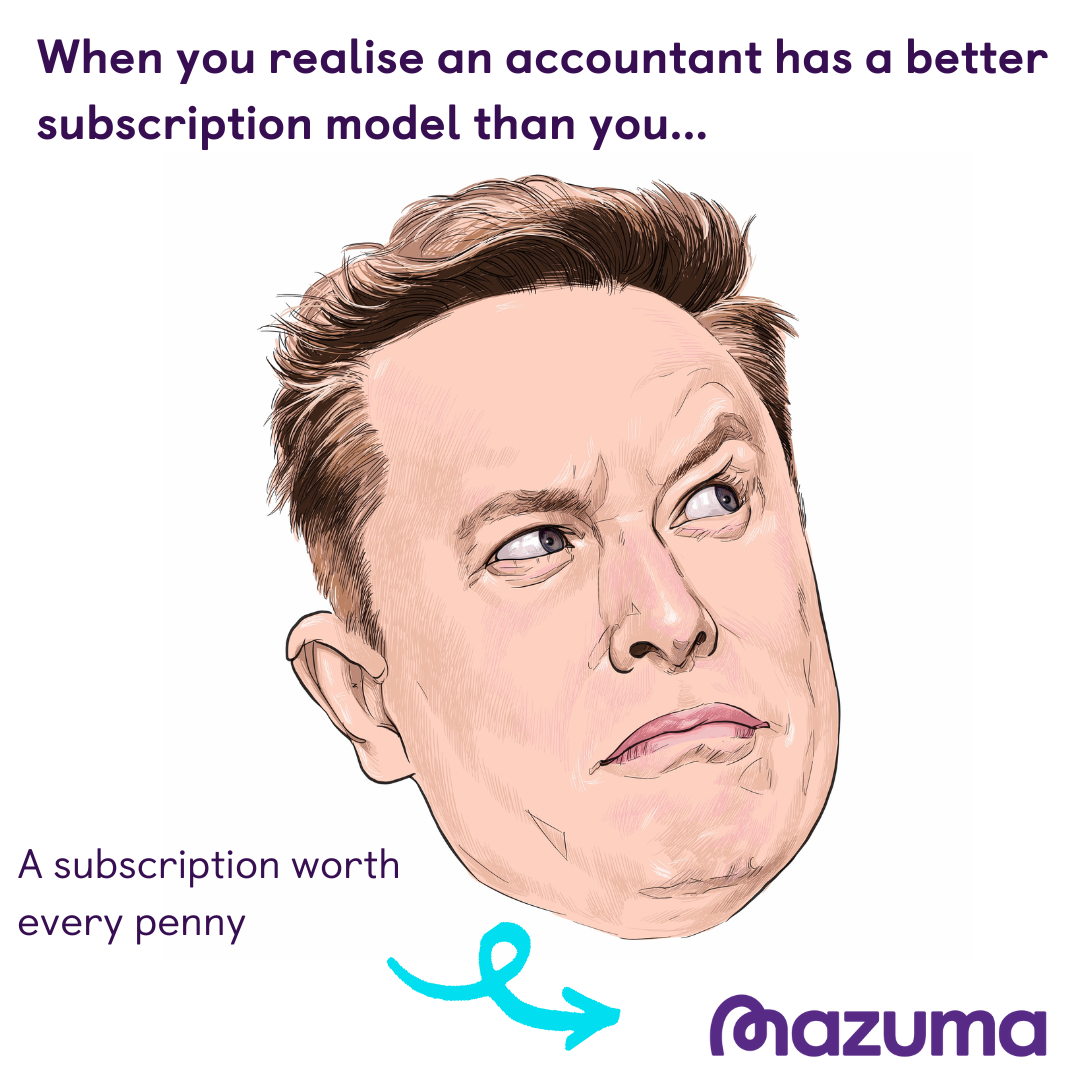
So again, the accountant posts another accrual of £1,000, so the quarterly total now stands at £3,000. At the end of month 3, the quarterly invoice is due, but hasn’t been received. A true up charge is posted in the accounts to rectify this error and charge the ‘missing’ depreciation. The monthly depreciation expense was calculated using a useful life of 6 years instead of 5 years.
Example-1 (variance adjustment)
And why accounting data needs a true-up will also be part of our effort of explaining the term. Here are some examples of true-up accounting entries for scenarios described previously in this what is a true up in accounting article. Suppose you had recorded $2 as the cost of manufacturing overhead at a production of units 10,000. However, actual billing reveals that manufacturing overhead amounts to $18,000.
How can companies improve their true-up process?

It works by comparing the budgeted expense to the actual cost, which is then compared to the income earned in that period. If you’re a business owner, it’s essential to have a basic understanding of accounting principles. The quest to close the accounting gap is a perpetual odyssey, demanding vigilance, resilience, and adaptability. True-up serves as a compass in this journey, guiding organizations towards the elusive shores of financial accuracy and integrity. By bridging the chasm between estimated and actual figures, organizations can instill confidence, inspire trust, and chart a course towards sustainable success in an ever-changing world. Impairment assessments entail evaluating the carrying value of assets to determine whether they have suffered a decline in value that warrants recognition of an impairment loss.
Deferral Techniques: Spreading Costs Over Time
Based on the historical usage data, ABC Co. believes its utility expense for the next month will be $10,000. Usually, unexpected events can impact the quantification of those amounts. Companies can rectify that by adjusting for the actual values once those events are over. In essence, true up refer to accounting adjustments passed to reconcile or match the accounts. Therefore, the need for these adjustments arises when there is a mismatch in accounting records. In such cases, true up accounting is required to record any missing information with journal entries.
- Further breaking down of the definition explains that the reconciliation or matching is done by making adjustments in accounts.
- The aim is to create a comprehensive repository of information that serves as the foundation for subsequent analysis and reconciliation.
- Accounting is an important tool for businesses in recording and tracking all financial activity related to operations.
Accounting professionals must work towards improving users’ experiences by providing accurate insight – both internally and externally – when analyzing businesses’ operations and finances. Through data analysis, they can ensure that no information is left overlooked. Precisely recording all the transactions and adjustments in the accounting process is most important with essential paperwork for true-up entries. Many a times, financial transactions are recorded in various accounting periods instead of when they were obtained in real-time. A true-up adjustment is an accounting procedure used to make up for discrepancies between actual and estimated costs.
Managing such complicated transactions and implementing the correct accounting standards to align accurate adjustments is a big challenge for businesses. If you fail to maintain the accuracy of financial statements, or balance accounts, true-up accounting is what you can scale up your business requirements with. In the intricate tapestry of accounting, the quest for precision is unending. Amidst the labyrinth of ledgers and financial statements, the true-up process emerges as a beacon of clarity, guiding practitioners through the maze of estimated figures towards the shores of accuracy. Therefore, the truing up of financial statements, data, and figures is critical to the objectives and requirements of fair financial reporting. Sometimes, it is difficult to reach accurate expenses figures because of unexpected events, and it would be difficult to calculate certain values with complete accuracy.
Usually, companies use true-up entries to record transactions after the year-end. For companies, these entries are crucial in conforming to the matching and accruals principles. By using these adjustments, companies can present an accurate picture of their operations. The matching principle requires companies to record expenses with their corresponding revenues. This principle is crucial in accounting to help companies record those expenses in the correct period. The difference between the estimated and budgeted amount is adjusted to reflect true/actual value.
They include entries made in the accounting system to adjust for year-end transactions or events. As mentioned, companies may have used estimates to record some expenses in the past. Therefore, true-up adjustments may also involve correcting or updating those estimates.
True-up in accounting is to reconcile, match, or tie-out two or more balances with the assistance of an adjustment. In the accounting realm, this gets recorded in an adjustment journal and is referred to as a true-up entry. Since the company has already recorded the utility expense, it must rectify it using true-up entries. ABC Co. uses the following entries to adjust the above transaction for the actual amount.
This is crucial for compliance, forecasting, and maintaining transparency with stakeholders. The accrual system’s main concept is that expenses and revenues related to a certain financial period should be recorded in the same period, irrespective of payments made and cash received. True up is an important accounting concept that allows for these timing differences to be addressed.






